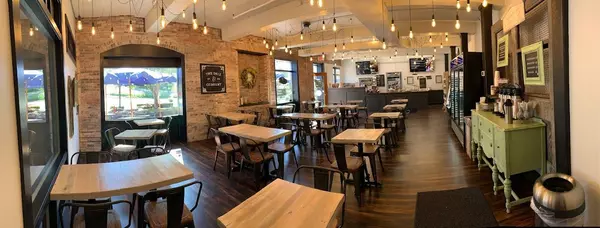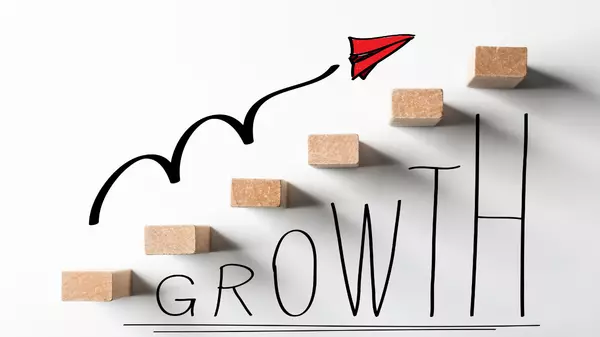The balance of housing supply with housing affordability

As the need for affordable housing continues to rise, communities across the country are grappling with the challenge of providing adequate and affordable homes for their residents. We are seeing this happen in Portland, where significant progress has been made in bringing new housing units to the market. However, despite the progress, the issue of affordability still looms large. This article delves into the difficulties faced by builders and developers in constructing affordable housing, with a particular focus on the escalating costs of materials, labor, and the complexities of permitting.
The Soaring Costs of Materials
One of the primary obstacles to constructing affordable housing is the skyrocketing costs of building materials. Over the past few years, the construction industry has witnessed significant fluctuations in material prices, with lumber, steel, and concrete experiencing unprecedented price increases. These spikes can be attributed to a multitude of factors, including supply chain disruptions, tariffs, and increased global demand.
Lumber, a critical component in residential construction, saw prices surge to all-time highs in 2020. This increase alone significantly impacted construction budgets, making it challenging to keep housing costs within reach for low- and moderate-income individuals and families. The ripple effect of material costs extends beyond lumber, as other essential components, such as plumbing fixtures, electrical wiring, and insulation, have also become more expensive, further straining affordability.
The Expensive Reality of Labor
Another significant factor contributing to the difficulty of constructing affordable housing is the rising cost of labor. Skilled construction workers are in high demand, and their scarcity drives wages higher. This scarcity can be attributed to several factors, including a decline in the number of people entering the construction industry, an aging workforce, and limited access to training programs.
With higher labor costs, developers find it increasingly challenging to maintain a delicate balance between delivering quality housing and keeping prices affordable. Higher wages inevitably get passed on to the end consumer, exacerbating the affordability crisis. Furthermore, the shortage of skilled laborers can also lead to project delays and increased construction timelines, adding further financial burdens to developers.
The Complexities of Permitting
Navigating the intricacies of the permitting process poses yet another hurdle in the quest for affordable housing. Obtaining the necessary permits and approvals for construction projects can be a time-consuming and expensive endeavor. The bureaucracy involved, combined with the need to adhere to strict building codes and zoning regulations, adds additional layers of complexity and cost to the development process.
Delays in obtaining permits can have significant financial implications, as they increase project costs and extend timelines. Moreover, developers often encounter resistance from local communities due to concerns about increased density, traffic congestion, or changes in the neighborhood character. Balancing the need for affordable housing with the desires and concerns of the local community can be a delicate dance, further prolonging the development process.
No Simple Solution
Building affordable housing presents an array of challenges that stem from the escalating costs of materials, labor shortages, and the complexities of the permitting process. Portland exemplifies the struggle to balance the demand for housing with the need for affordability. While the city has made commendable progress in bringing new housing units to the market, the issue of affordability remains a pressing concern.
Addressing the challenge of affordable housing requires a multi-faceted approach involving collaboration among developers, policymakers, and communities. Exploring alternative construction materials and methods, investing in workforce training programs, streamlining the permitting process, and implementing targeted policies to incentivize affordable housing development can all contribute to overcoming these obstacles.
By addressing the difficulties associated with the costs of materials, labor, and permitting, communities can make significant strides in building a more equitable future, where housing is accessible and affordable for all residents. It is only through concerted efforts and a shared commitment to creating affordable housing that we can ensure the well-being and prosperity of our communities. Together, we can work towards a future where everyone has a safe and affordable place to call home.
Categories
Recent Posts










"My job is to find and attract mastery-based agents to the office, protect the culture, and make sure everyone is happy! "
